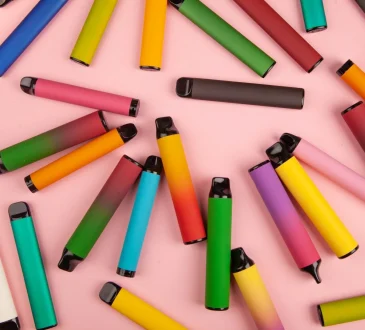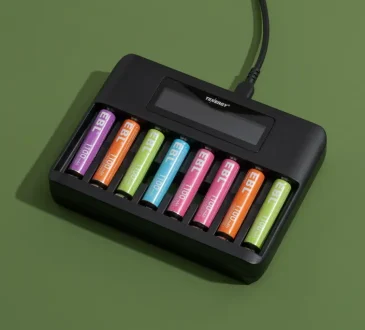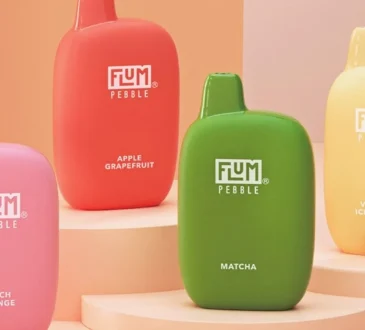
Find the most efficient approach for the product sampling program. Raising awareness of brands and products can be accomplished through product sampling. When a customer has the option to try a product before purchasing it, they can do so with confidence. Reaching a larger target group is made more accessible by combining a sampling action with a good brand experience. A satisfied customer will tell their family and acquaintances about their experiences. A sample acquired using drilling operations, known as dry sampling, does not have its in situ features influenced by the presence of water or another fluid since the drill thread and sampling equipment are not cycled with water or another liquid. Samplrr is one of the most user-friendly sampling websites.
- Risk avoidance
By enabling your client to try prior they buy, you remove any risk from their transaction and help them understand the goods and your brand. Before making a choice, buyers can try out a wide range of goods thanks to the free samples.
- Reciprocity Instinct
Consumers are compelled to repay favors. A customer is much more likely to be receptive to being asked to give a product a review or make a purchase after receiving a sample. This is because the consumer feels compelled to repay the favor after receiving something.
- Sentiment
Your brand may foster relationships and enable your customers to develop feelings for your goods. Customers are more inclined to buy something or write a review when the emotion is good because they feel connected.
Direct sampling
Before giving a customer a sample, direct sampling gives your company a chance to establish a relationship with them. Wet sampling versus dry sampling will be done depending on the environment. Wet sampling enables a customer to experience the product and provides an immediate review, whereas dry sampling allows the client to try the item at home. The most common type of product sample used by brands is wet sampling.
Direct sampling is the most successful product sampling program since it directly engages audiences through difficult-to-avoid face-to-face interaction. An effective brand ambassador will turn the product sampling program into sales thanks to their expertise and passion for the brand.
Supermarket sampling is successful if you’re aiming to reach a specific audience. Moms with young children and senior citizens are typically the target audience in a shop at the moment of activation. Therefore, your company should consider various settings, such as events, city centers, or business parks, if you are attempting to advertise a product that is not intended for them. Wet product samples from Costco are well-known for generating sales increases up to 2,000 percent after stimulation.
Event-based sampling is fantastic if you can match your product with a specific event. The expense of sponsorships, etc., make event sampling rather expensive for your business to attend even though there is a guaranteed audience. Famously, the creators of Innocent Smoothie decided to start the company after trying their product at a street fair.
Guerrilla sampling is indeed the least expensive type of sample that might work to attract both potential and current customers. However, there are a lot of benefits and drawbacks to guerrilla marketing. Guerrilla marketing makes it difficult to predict whether your intended audience will be at the activation venue. However, the flexibility of movement without a fixed place permits brand ambassadors.
Indirect sampling
While indirect sampling is a successful marketing strategy, there is no quick way to ask customers for opinions or determine whether they liked the product. There is no immediate physical contact between the customer and this sampling method. E-sampling and product placement are two examples of indirect sampling.
When a person buys things online, a business may frequently send samples of those products or collaborate with another brand that appeals to their target market. For instance, Special K and clothes retailer Misguided collaborated to provide consumers who made purchases from the online store free cereal samples in portion-sized boxes. The consumer was pleasantly delighted to receive the sample in their anticipated delivery because they were unaware it was there. Brands frequently collaborate with businesses that serve a comparable market but are not direct rivals.
Sachets of products or perfume samples in brochures or magazines are another example of indirect product sampling.
The activation creates a good brand experience in which the sample is given, even if product sampling enables customers to evaluate products risk-free. The customer should feel at ease with the activation. Therefore, the delivery should be precise. Therefore, when considering a product sampling program for a big audience, e-sampling is frequently a superior option. Although it is challenging to gain customer feedback about the product, the complimentary sample surprises the customer. Thus it is well welcomed. In contrast to wet sampling, which enables consumers to test products immediately, dry sampling allows them to try products at home.




